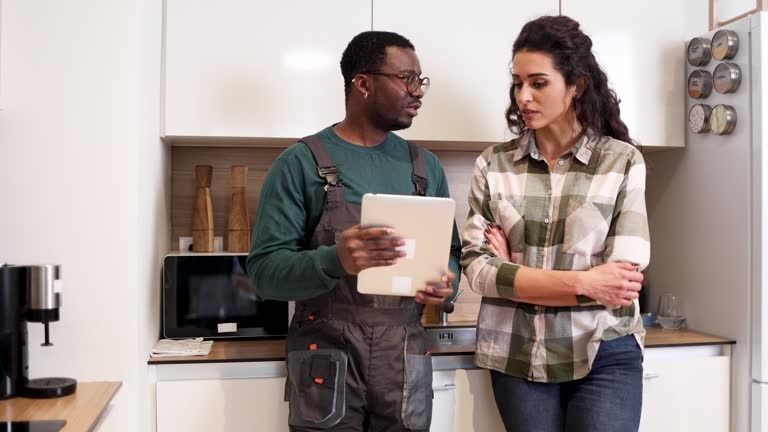Breathing is something that we do naturally, without even thinking about it. However, when anxiety creeps in, our breathing patterns can become erratic and shallow, which may exacerbate feelings of tension and stress. By learning simple breathing techniques, you can manage your anxiety symptoms more effectively.
One of the most straightforward methods for calming an anxious mind is deep belly breathing or diaphragmatic breathing. This technique involves inhaling deeply through your nose until your stomach expands fully. Hold this breath for a few seconds before exhaling slowly through your mouth. As you breathe out, consciously relax each part of your body starting from the top of your head down to the tips of your toes.
Another effective practice is box breathing or four-square-breathing. Imagine a box’s four sides while practicing this technique: inhale for four counts; hold breath for four counts; exhale for four counts; and hold again at the end of exhalation for another four counts before repeating the cycle.
The 4-7-8 method also offers quick relief from anxiety symptoms. Inhale quietly through the nose for a count of 4, hold the breath for a count of 7 then exhale forcefully through the mouth with pursed lips to a count of 8. The best kratom vendors process should be repeated three more times without breaks in between.
Progressive muscle relaxation combined with deep breathing can also help reduce anxiety levels significantly. This involves tensing and relaxing different muscle groups along with mindful inhalation and exhalation.
Mindful or meditative breathing is another powerful tool against anxiety where one focuses their attention on their breath as they inhale and exhale naturally without trying to change its pace or depth.
While these practices are beneficial in managing day-to-day stressors and mild episodes of anxiety, they should not replace professional help if required. If you’re experiencing severe or chronic bouts of anxiety that interfere with daily life activities, seeking medical advice is crucial.
Remember, these breathing techniques are tools to help manage anxiety symptoms and not a cure for the underlying issues. It’s essential to practice these exercises regularly and integrate them into your daily routine for maximum benefit.
In conclusion, simple breathing practices can be an effective way of managing anxiety symptoms. They allow you to focus on the present moment rather than worrying about future uncertainties or past regrets. By consciously controlling your breath, you’re sending a signal to your brain that it’s okay to relax and let go of any tension or stress. With regular practice, these techniques can help create a sense of calmness and tranquility in your life amidst all the chaos.











